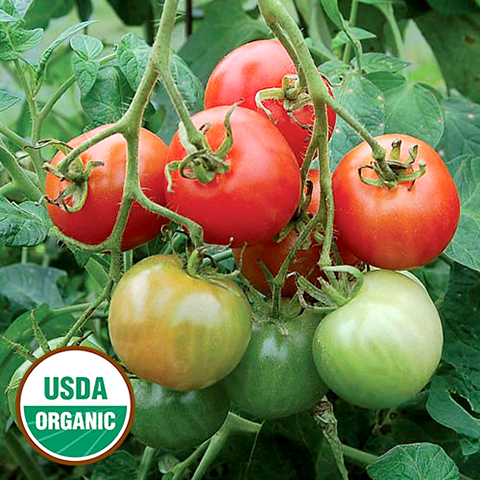Do you want to be a seed saver?

by Margie Lachman
Do you have seeds left over from last year? I sure do! Some seeds need to be fresh—onion, parsnip, and parsley, for example, need to be fresh for good germination. The website gardeningchannel.com has a seed life chart that lists other vegetables and their life expectancy.

Here is an easy method to check the viability of seeds. A few weeks before you want to plant in the garden, take a shallow clean container with a transparent lid (or one that fits into a plastic bag) and line it with a damp paper towel. Sprinkle some seeds that you wish to test onto it. Place the container in a warm place like the top of the refrigerator. Check the seeds in about a week. If the seeds are viable you should see sprouts. If you want to know more precisely the percentage of germination, place seeds on the towel in rows of 10 and count the sprouts. If six seeds germinate you have 60% that are viable.
Annual flower seeds can be tested this way also but some perennials have specific needs like chilling for a few weeks or placing the planted seeds in darkness. Pay attention to directions on seed packets when planting them.
For more information on this and many other gardening topics, try extension.oregonstate.edu to learn more about storing seed, when to start seed indoors, when to plant vegetables, etc. There is even a place to ask an expert a question.
You can save seed from heirloom vegetables that will look and taste like the original plants. But be careful, hybrids may produce sterile seed or none at all. If they do yield viable seed it will produce plants like one or the other parent plant. In other words you get inconsistent results.
Heirloom plants, also called “open pollinated,” are vegetables whose seeds have been saved and passed down for generations because of traits like good flavor. Many of them come from countries around the world and have been grown for 50 years or more!
A good example is Stupice tomato from Czechoslovakia, which produces 3-4 ounce fruits that are flavorful, abundant, and very early, the first regular tomato along with cherry tomatoes. This plant tolerates cooler weather, an advantage in northern climates. I have grown it and liked it. You can usually find the plants at our local nurseries. Saving seed from heirloom vegetables is preserving history.





